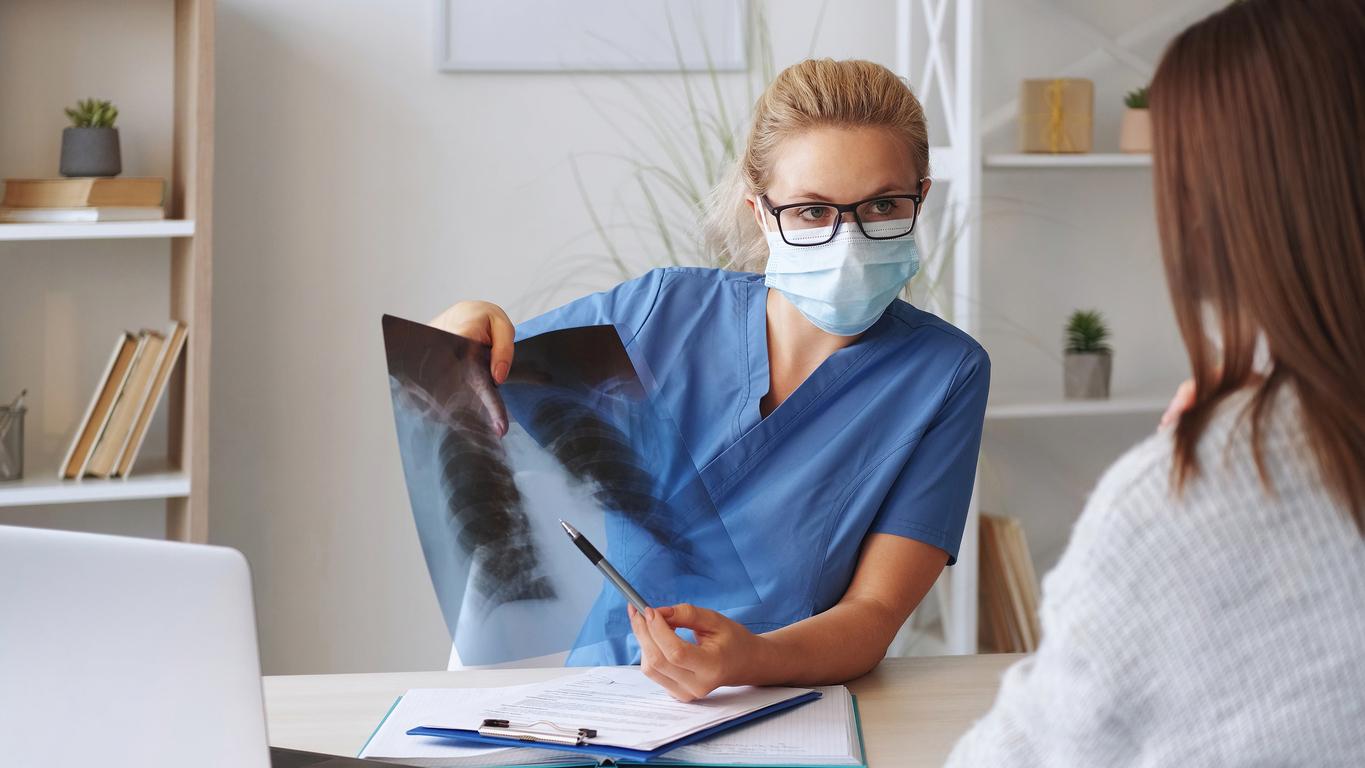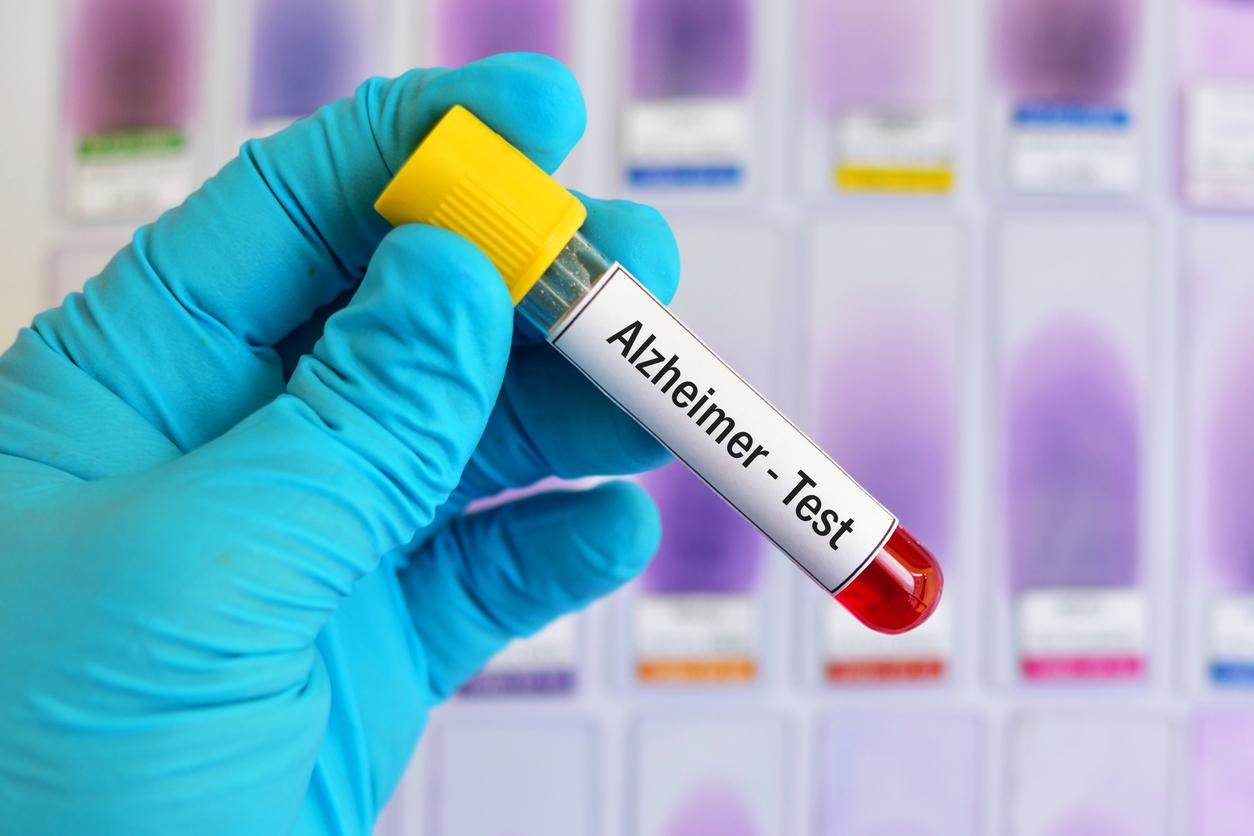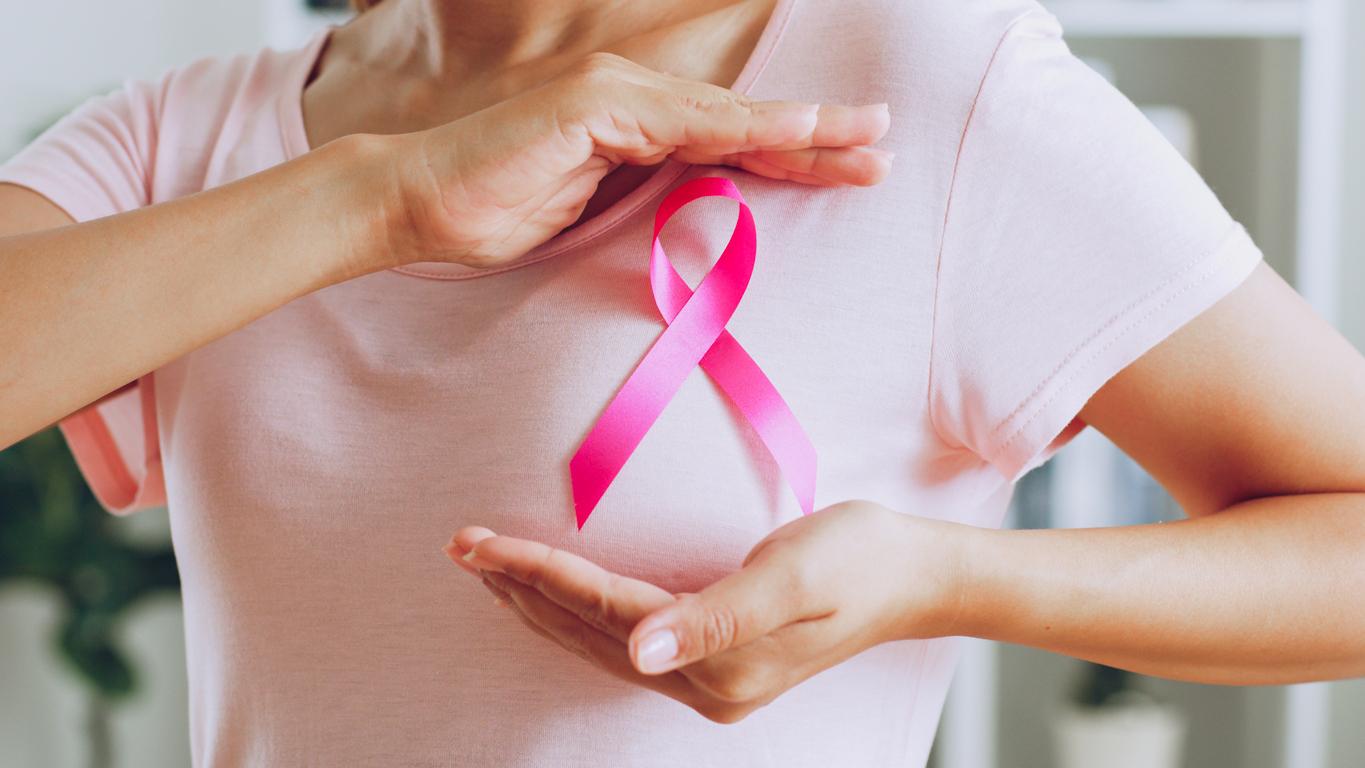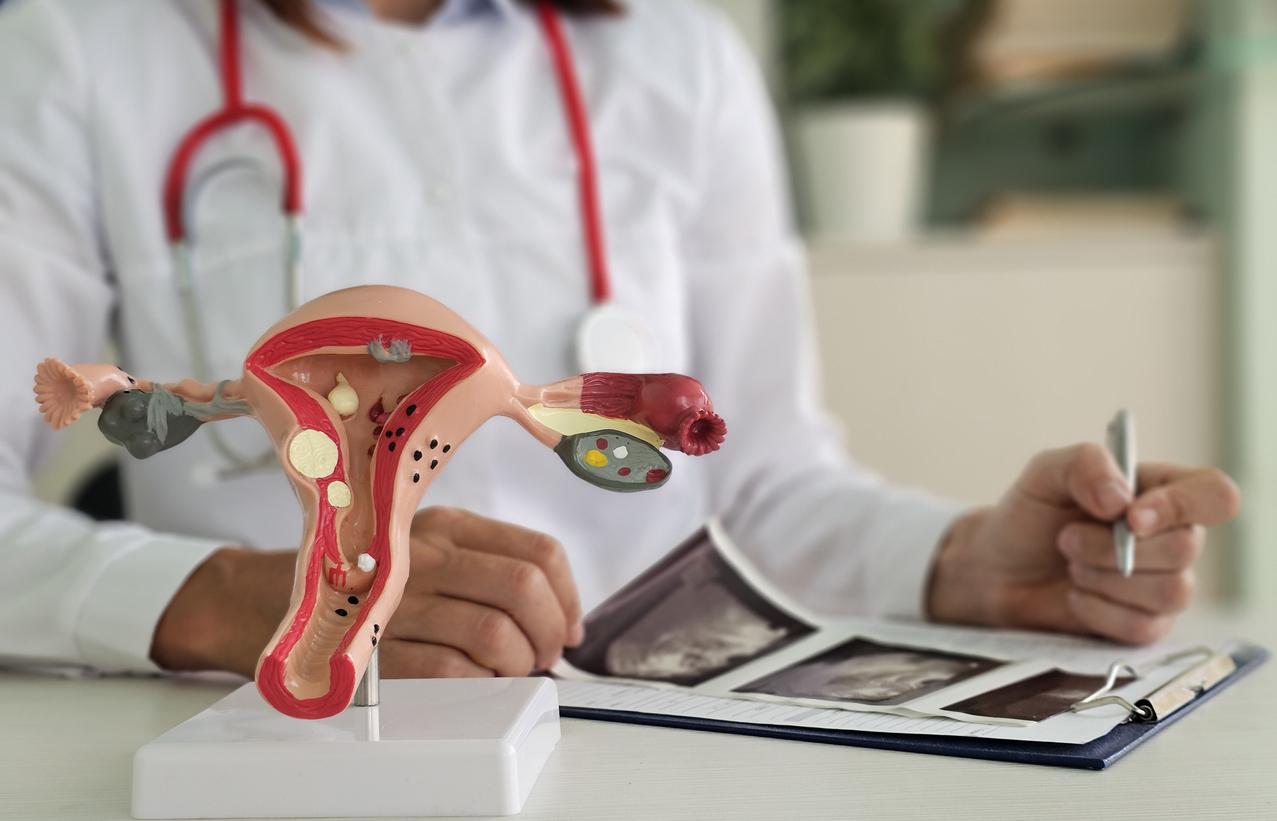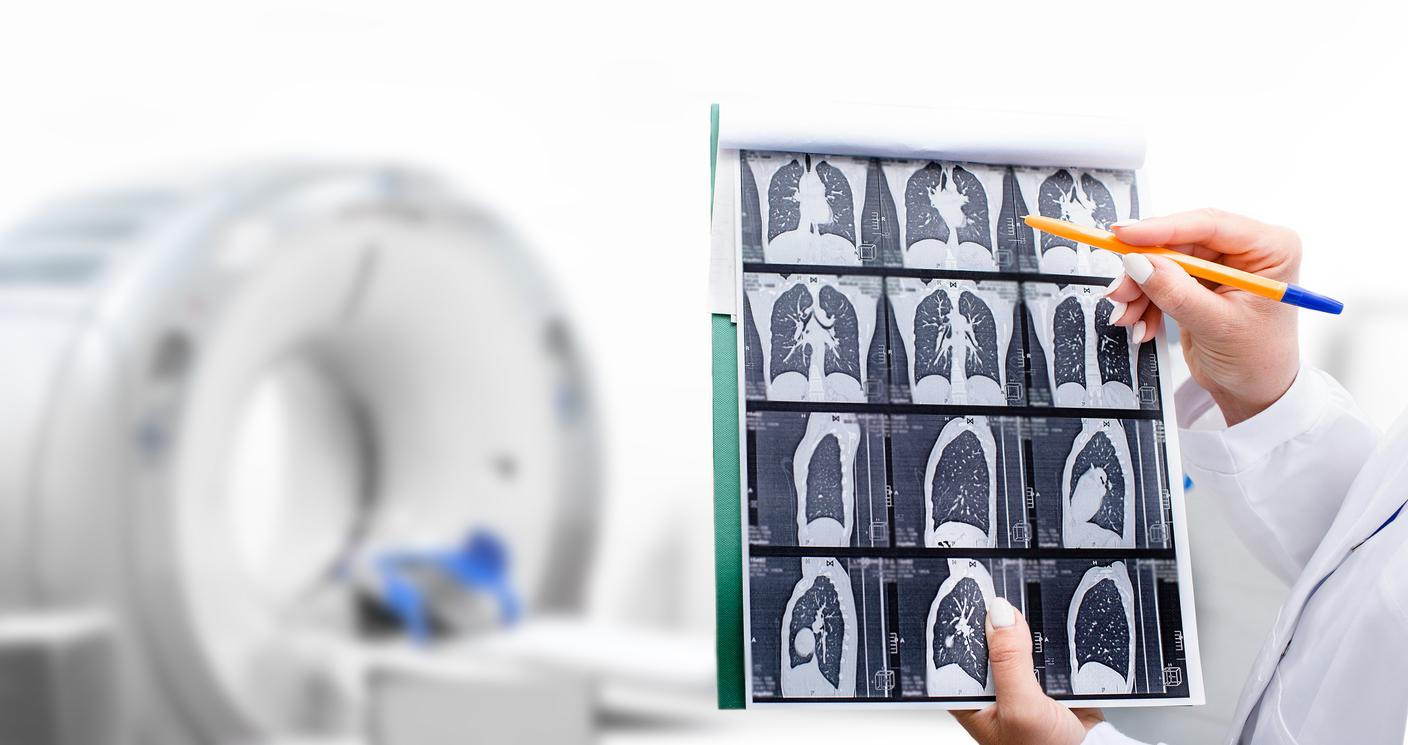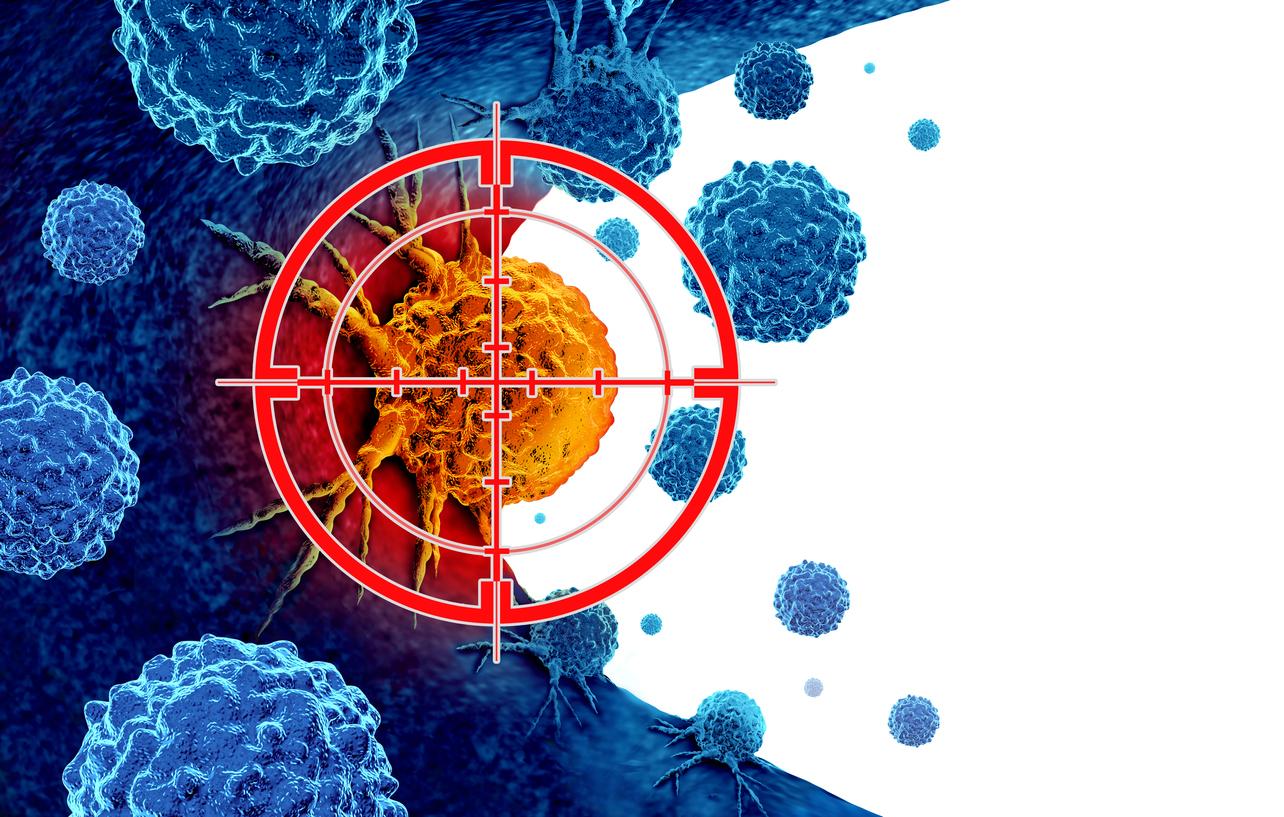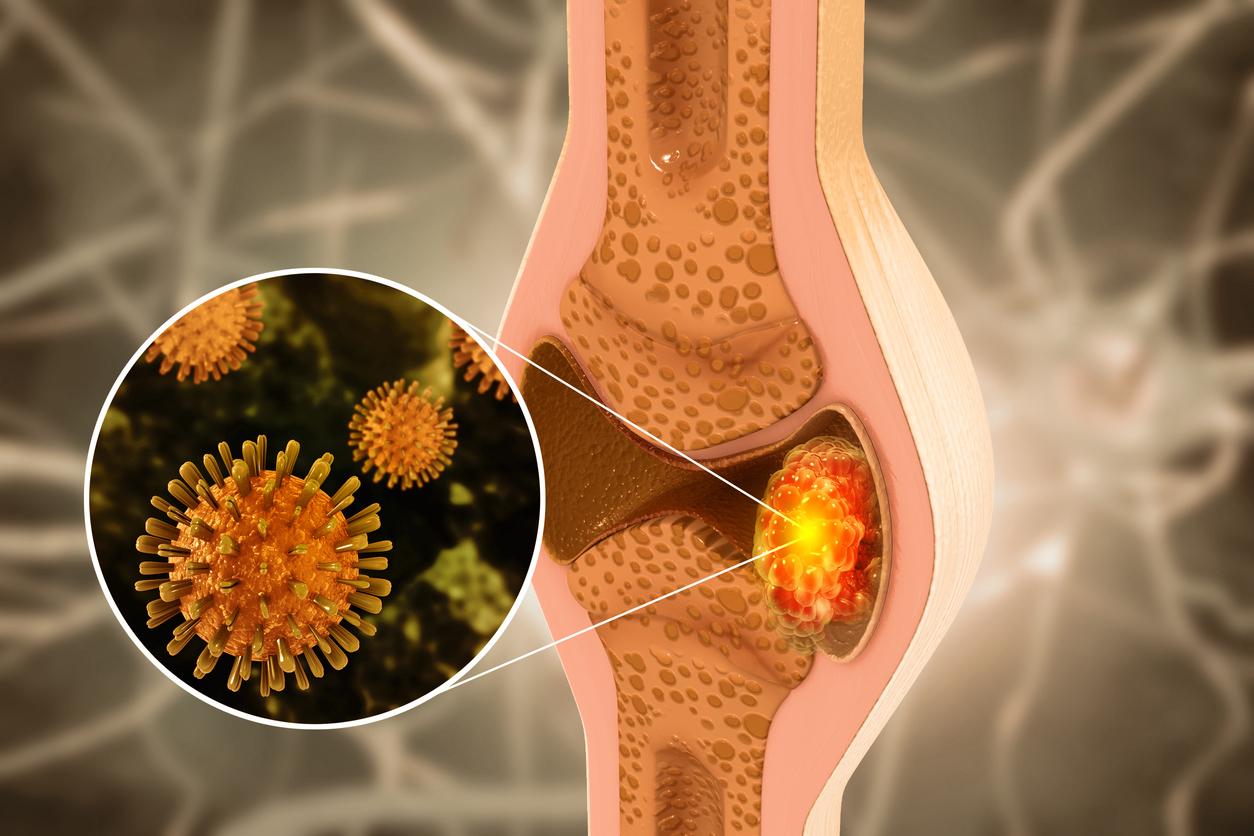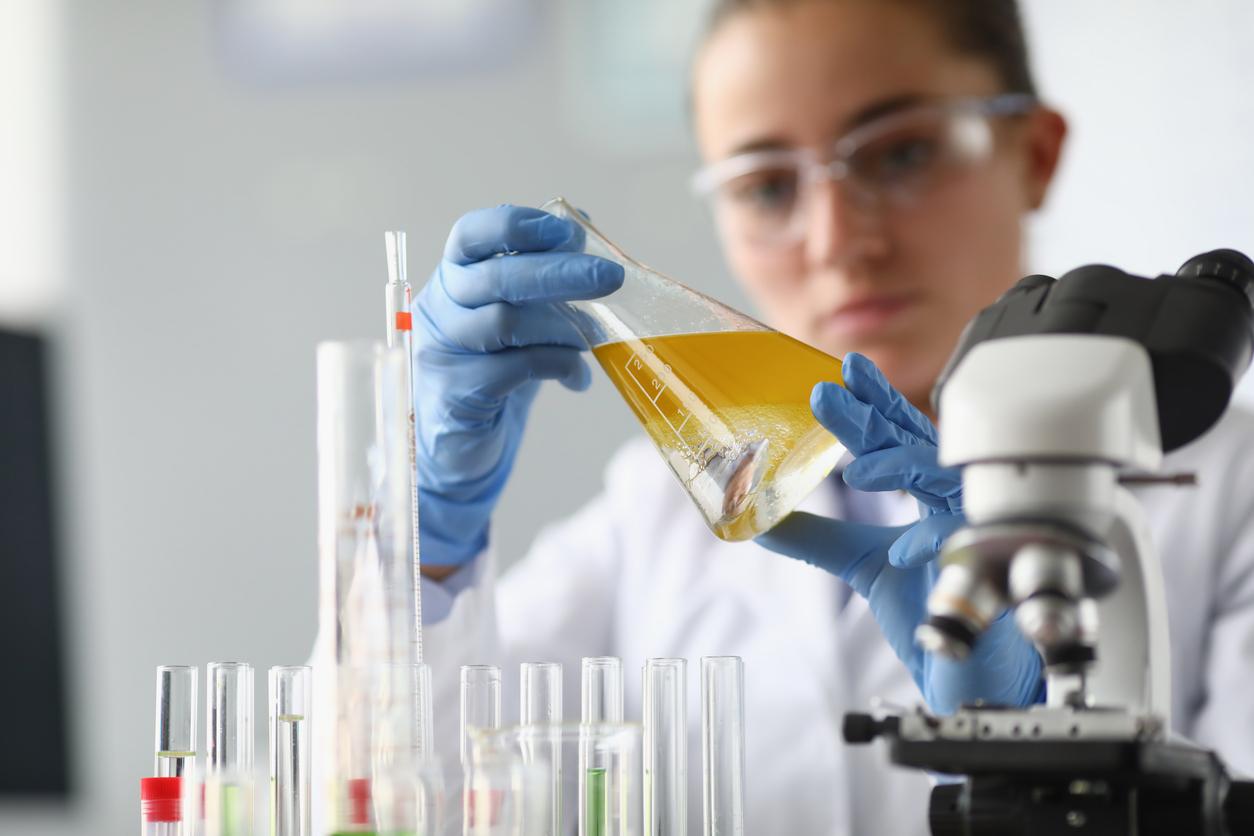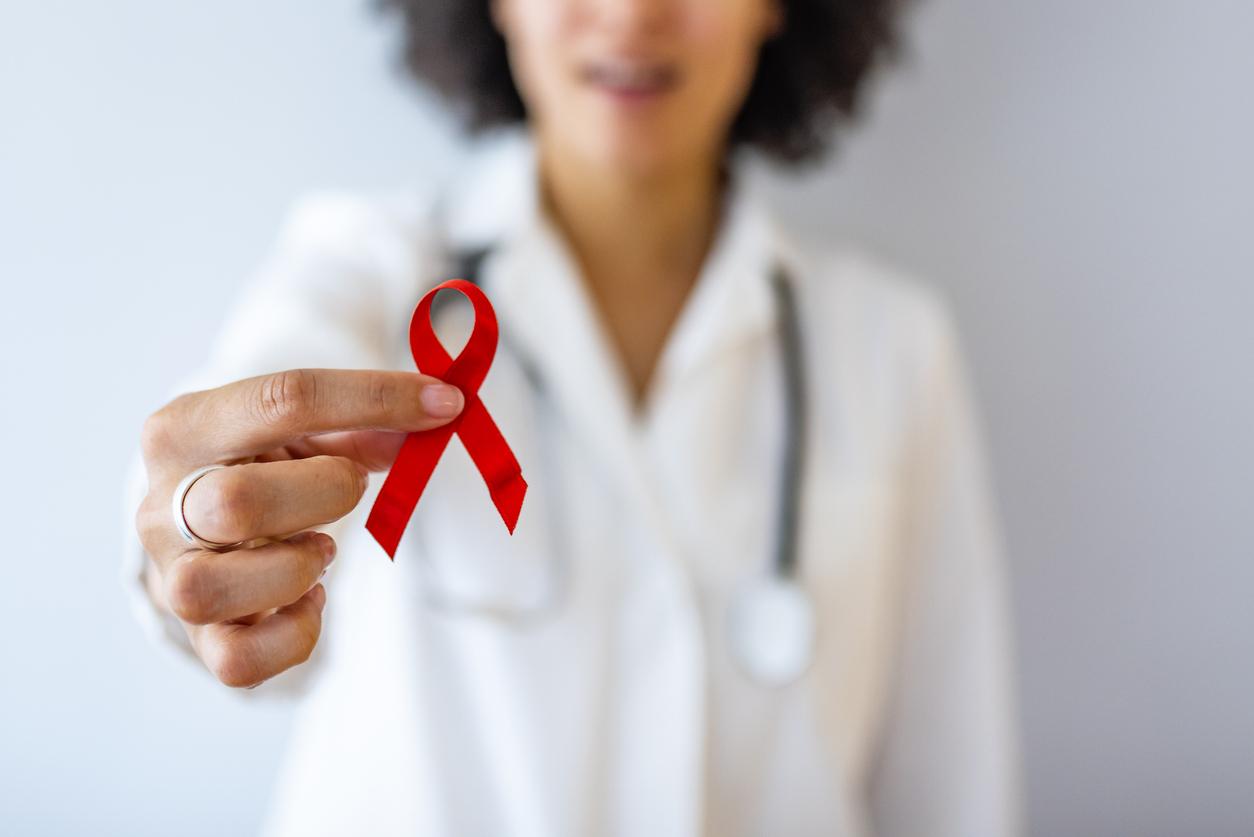Mammography every 2 years from the age of 50, monitoring of risk factors and symptoms allows women to protect themselves against the possible development of a tumor.
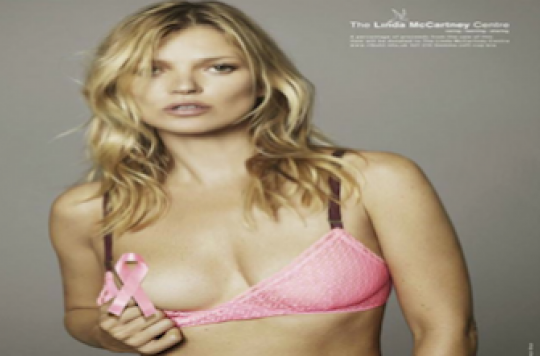
Each year in France, nearly 50,000 women with breast cancer are diagnosed. If medical knowledge does not allow today to prevent its occurrence, certain risk factors must be taken into account.
Maternity. Women who are childless or who became pregnant after age 30 double the risk of getting breast cancer.
Food. Likewise, a diet high in calories and low in fruit and excessive alcohol consumption significantly increases the risk. Physical activity would have a protective effect while obesity would have the opposite effect.
Family risks. They should not be overlooked. If one or more women in the family have developed breast cancer, the descending generations should see a doctor. To this “family susceptibility” is added another risk, genetic predisposition. If a woman “inherits” the abnormal BRCA1 or BRCA2 gene (5% to 8% of cases), the probability of developing breast cancer, sometimes ovarian cancer, increases very significantly. Onco-genetic consultations allow close monitoring and act accordingly and quickly in case of suspicion.
Treatments. Several studies have shown an increased risk, under certain circumstances, with oral contraceptives or hormone replacement therapy.
All of these risk factors are statistically acceptable. On an individual basis, the screening organized for women aged 50 to 74 with a mammogram every two years can detect small breast cancer (less than one cm in diameter) and greatly increase the chances of breast cancer. healing.
This test should not prevent women under the age of 50 and between two mammograms from being attentive to symptoms of breast cancer. Palpation of the breasts is part of the pelvic examination and should be performed at the start of sexual life.
Besides the nodule, several types of abnormalities should attract attention.
– a dimple or a wrinkle hollowing out the surface of the breast,
– an aspect of “orange peel”,
– a deformation of the nipple retracting it inwards,
– an eczematous appearance of the nipple, which becomes red, crusty or eroded,
– discharge from the nipple, especially if it is bloody or blackish.
The observation of one of these signs requires a medical consultation without delay. The doctor will judge additional examinations necessary.
Source. The League Against Cancer
.







